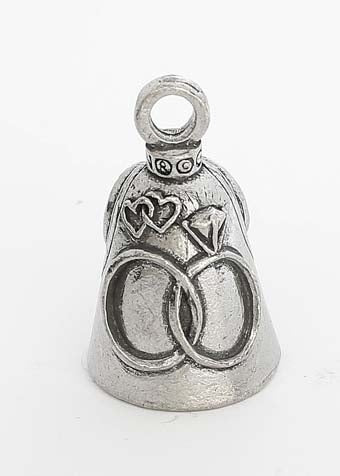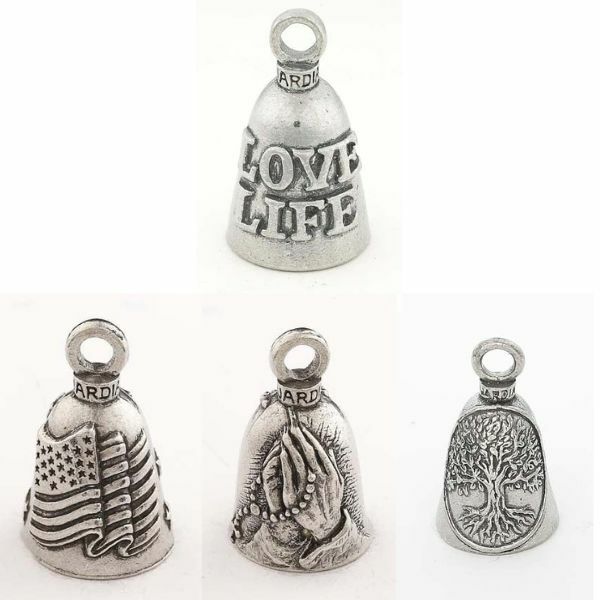Long important in many civilizations and traditions around the globe, blessings bells represent hope, protection, and the holy link between the spiritual and physical worlds. Often made of metal and finely carved, these resonating instruments have great meaning and have been used both practically and spiritually over history.
These bells have their roots in ancient cultures where they were utilized in religious ceremonies, rites of passage, and community meetings. From births to weddings, their musical chimes were supposed to stave off bad spirits, call heavenly presence, and commemorate significant life events.
Although their function has changed throughout the years, their core is still a moving reminder of the human yearning for protection, tranquility, and connection. Blessings bells This paper explores the rich legacy of these bells, their many connotations across civilizations, the workmanship involved in their construction, and their ongoing importance in modern society.
Through an analysis of these components, we intend to highlight the significant influence of blessing bells on spiritual practices and social life, therefore validating their function as potent symbols of hope and holiness in a society growingly complicated.
Origin and cultural significance of blessing bells:

Rich in history and spanning many civilizations and customs, blessings bells frequently represent protection, cleansing, and the means of spreading benevolence. Their beginnings can be found in prehistoric societies where bells were thought to have spiritual power and were frequently employed in religious ceremonies and rites to call forth gods or spirits.
With their resonant tones, many civilizations believe that the sound of a bell wards off evil spirits and brings blessings to the society, therefore marking important life events such births, marriages, and deaths.
Culturally, these bells represent the collective wishes and prayers of a society and act as a link between the physical and the spiritual. In some customs, they are hung in homes or places of worship and serve as both practical and decorative pieces meant to encourage peace and harmony.
Ringing a blessing bell can also be a group activity that strengthens unity and one goal among attendees. They thus have both personal and group importance since they inspire people of their values and the interdependence of their life with the surrounding environment.
Evolution of blessing bells through history:
.webp)
These bells' design and intent have changed dramatically throughout time to reflect the shifting ideas and customs of many nations. Originally made of basic materials like wood or clay, these bells moved toward more complex metal constructions that improved their resonance and visual attractiveness.
Different civilizations used the addition of complex engravings and designs on the bells not only for decoration but also to transmit particular meanings, therefore tying the bells to local legends and folklore. Trade routes allowed the spread of many kinds of bells, therefore highlighting regional craftsmanship and cultural identities by means of the interchange of techniques and styles.
these bells' inclusion into daily life and ceremonies has also changed to fit modern customs while still having symbolic meaning. Modern settings frequently see them used in mindfulness and meditation techniques, therefore inspiring peace and introspection.
With blessings bells acting as a physical reminder of one's wishes and aspirations, this development mirrors a larger trend of searching spiritual connection through ordinary objects. They so continue to be vehicles of cultural legacy, community building, and personal introspection as well as tools of sound, so bridging the past and present in a significant way.
Rituals and traditions surrounding blessing bells:

Blessings bell ceremonies mark important life events such births, weddings, and memorials, therefore bridging the holy and the ordinary. Ringing a blessing bell is a common ritual in many societies that either expresses thanks, calls for protection, or advances healing. For a wedding, for example, the pair might ring a blessing bell to show their dedication to one another and to welcome good energy into their marriage. Bells are also run in many spiritual traditions to clean the area and call heavenly presence, therefore fostering an environment fit for prayer and meditation.
Blessings bell ceremonies have always been rich in cultural value and group involvement. In certain cultures, the bells are passed down through the years and treasured heirlooms with weight of family history and shared memories. Ringing blessings bells is a common feature of celebrations and community meetings to mark achievements, strengthen ties among people, and therefore support a feeling of belonging. This mix of personal and group ceremonies emphasizes the continuing significance of bells as tools of connection, enabling people to interact with their legacy and participate in modern manifestations of spirituality and community.
Conclusion:
Benevolent bells are quite important and go beyond their obvious physical shape. Based on rich historical customs, these LVAD Gear bells represent protection, healing, and a relationship to the holy. Their worldwide appeal as tools of positive energy and spiritual resonance is shown by their employment in many civilizations.
We grow to value how bells help to foster a feeling of community and respect in our life as we keep investigating their meanings and uses. Whether employed in ceremonial settings or personal ceremonies, blessing bells serve as reminders of the ongoing human need for harmony and well-being.




.webp)

